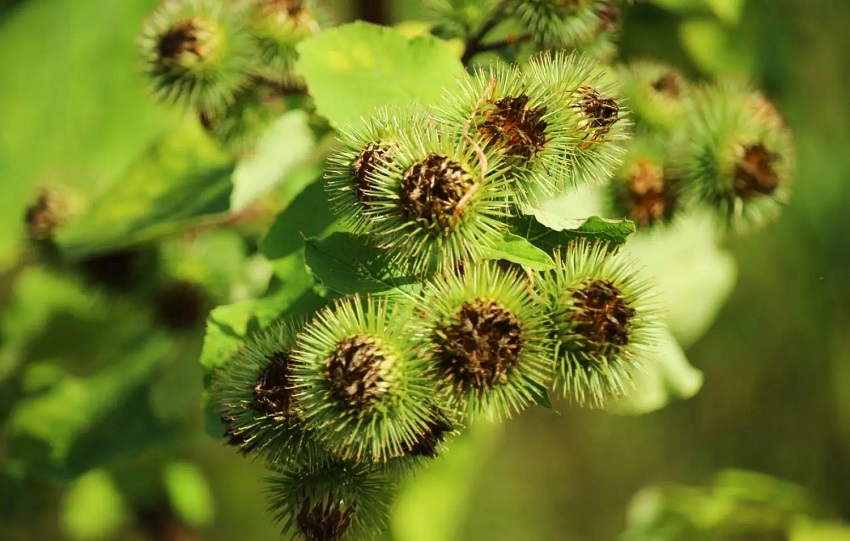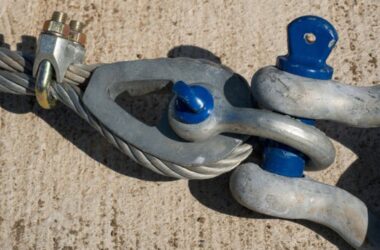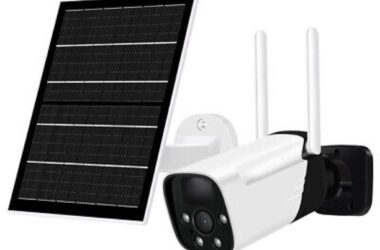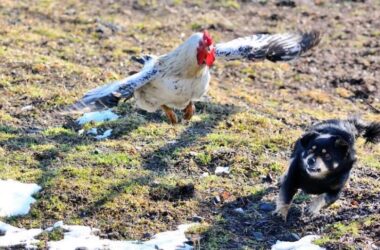Grass is a common sight in parks, lawns, and gardens. It not only adds beauty to the landscape, but it also provides a soft and comfortable ground for various activities. However, if you’ve spent time walking or playing in grassy areas, you might have encountered small stickers that attach themselves to your clothes or even your skin. These stickers have a name, and they are commonly known as burrs.
Understanding Burrs
Burrs are small, prickly seeds or seedpods that attach themselves to the fibers of clothing or the fur of animals as a means of dispersing their seeds. They have hooks or barbs on the surface, which allows them to cling onto surfaces and hitch a ride to new destinations. When they latch onto your clothes or hair, burrs are often a nuisance to remove. In some cases, burrs can even be mistaken for stickers grass due to their similar appearance.
Types of Burrs
There are several different types of burrs that can be found in grass. Some common examples include:
- Burdock Burrs: Burdock burrs are notorious for being difficult to remove once they attach themselves to clothing or animal fur. They have hook-like structures that firmly cling to anything they come in contact with.
- Cocklebur: Cockleburs are another type of burr that are easy to identify due to their distinctive shape. They have a round, spiky appearance and can be quite painful if they prick your skin.
- Stickseed: Stickseeds are smaller in size compared to other burrs but can still cause annoyance. They are covered in tiny hair-like structures that stick to anything they touch.
Burrs and Nature’s Strategy
While burrs may seem like a nuisance to humans, they actually serve an important purpose in nature. By hitching a ride on animals or clothes, burrs can travel distances far from their parent plant, ensuring the wider distribution of their seeds. The hooks or barbs on the surface of burrs act as a strategy to attach themselves to various surfaces effectively.
Removing Burrs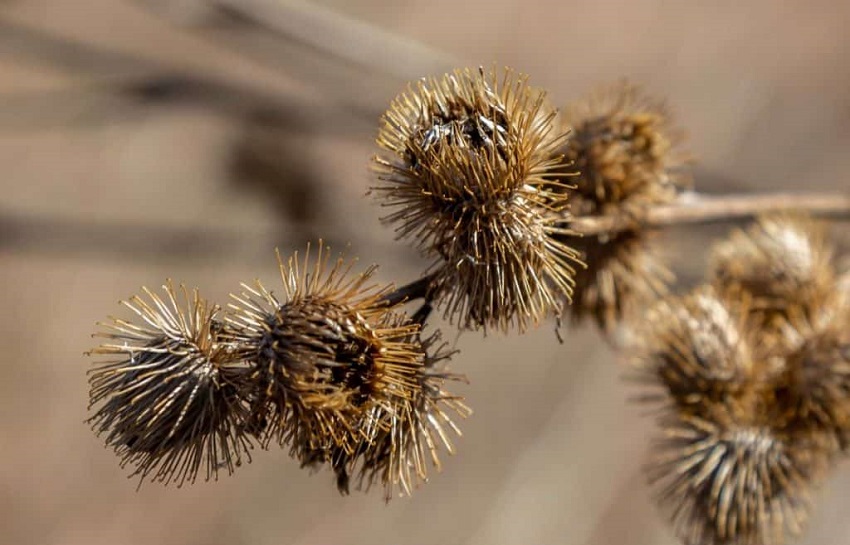
If you find yourself covered in burrs after a stroll through the grass, there are a few methods you can use to remove them. Here are some tips:
- Inspect the affected area: Take a close look at the area where the burrs are attached to determine the best method of removal.
- Use gentle pressure: Use your fingers or a comb to gently tease out the burrs from your clothes or hair. Applying too much force may cause the burrs to break, making removal more difficult.
- Avoid pulling forcefully: Pulling forcefully can sometimes lead to injury or damage to your clothes. Take your time and be patient when removing burrs.
- Consider using oil: If the burrs are particularly stubborn, you can apply a small amount of oil to the affected area. This can help to loosen the burrs, making them easier to remove.
FAQs
Here are some frequently asked questions about burrs:
- Why do burrs stick to clothes?
Burrs have hooks or barbs on their surface that enable them to latch onto fabrics, such as clothes, for seed dispersal. - Are burrs harmful to animals?
While burrs may be a nuisance to animals, they are generally not harmful. However, excessive amounts of burrs can tangle the fur or cause discomfort. - Can burrs be harmful to humans?
Burrs are generally not harmful to humans. However, some people may experience an allergic reaction or skin irritation if they come into contact with certain types of burrs. - Can burrs spread plant diseases?
Burrs themselves are not known for spreading plant diseases. However, if the burrs attach to a diseased plant, they may carry the pathogens and spread them to healthy plants. - Do birds help in the dispersal of burrs?
Yes, birds can play a role in the dispersal of burrs. They may unknowingly pick up burrs on their feathers and transport them to new locations.
In conclusion, burrs are the small stickers found in grass that attach themselves to clothing, hair, or animal fur. They serve an important purpose in nature by allowing the wider distribution of seeds. While burrs can be a nuisance to remove, using gentle pressure and patience can help in their removal. Understanding the biology of burrs can lead to a greater appreciation for the strategies employed by plants to ensure their survival and propagation.
Remember, the next time you find yourself picking burrs off your clothes after a walk, take a moment to marvel at the wonders of nature’s dispersal mechanisms at work.

